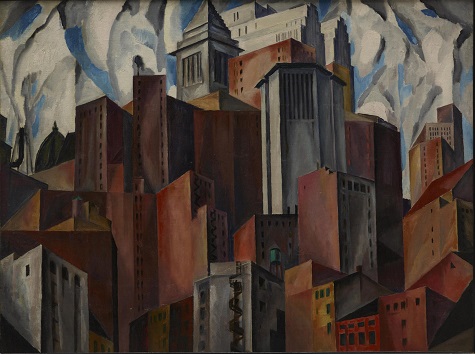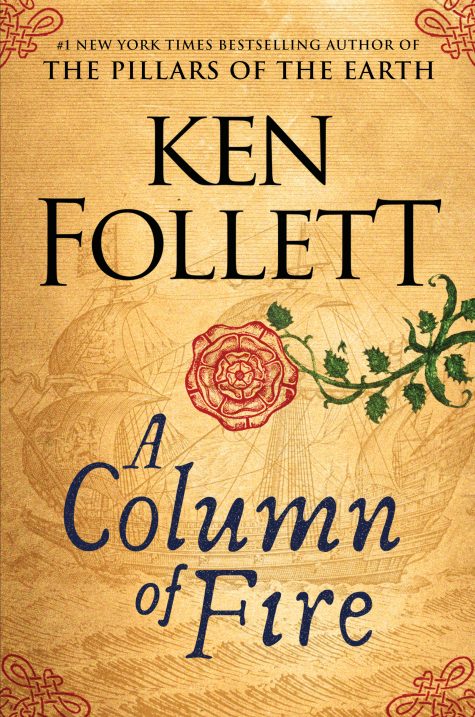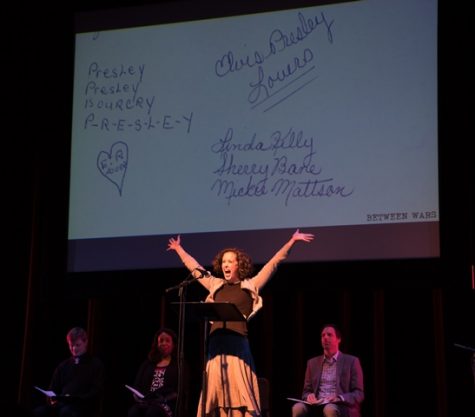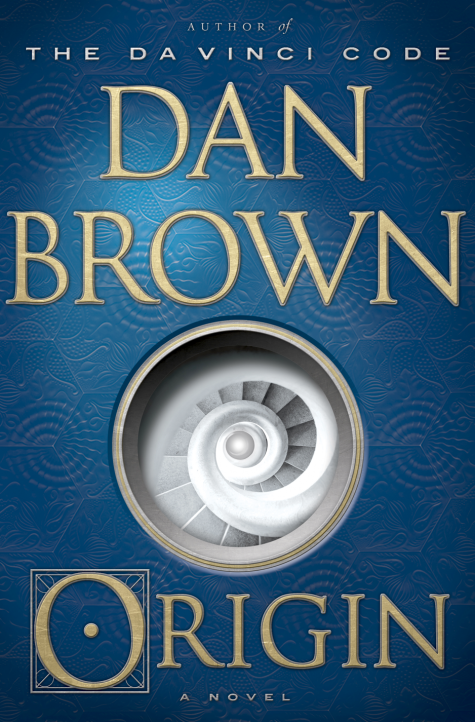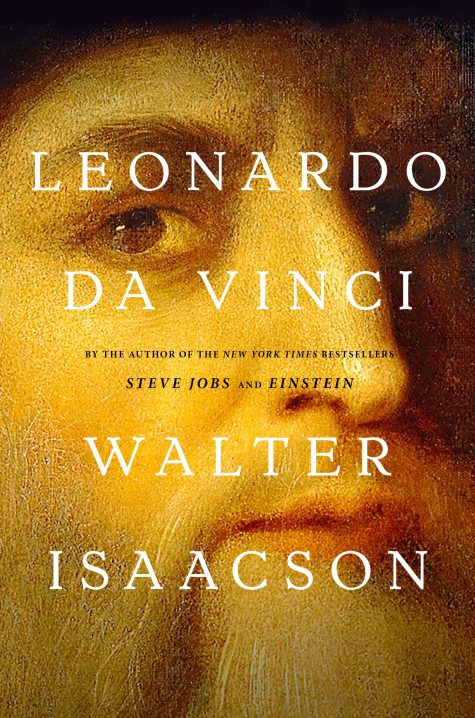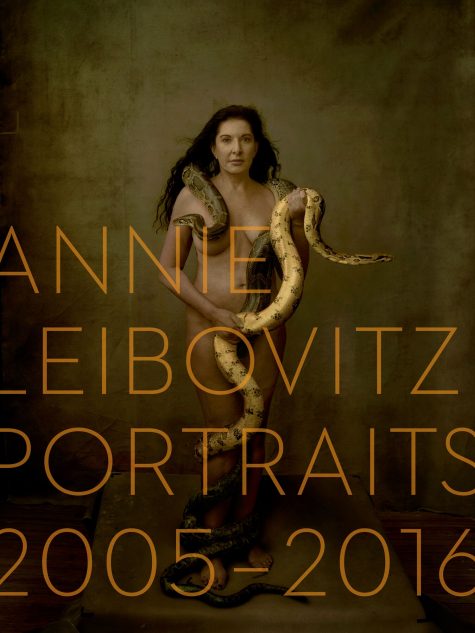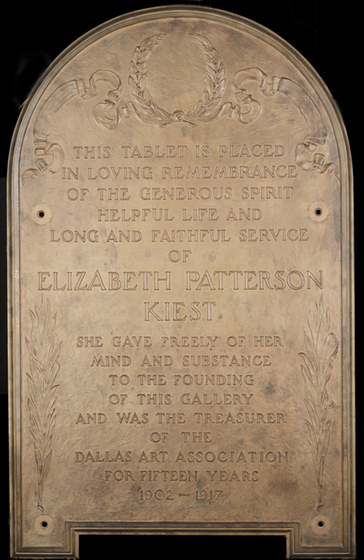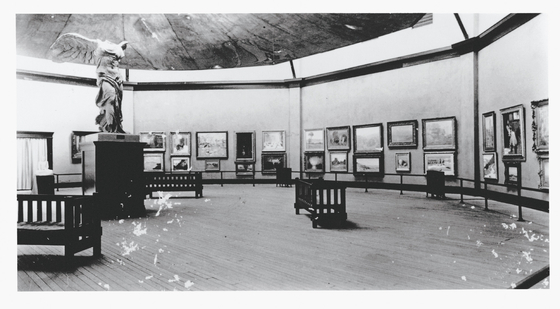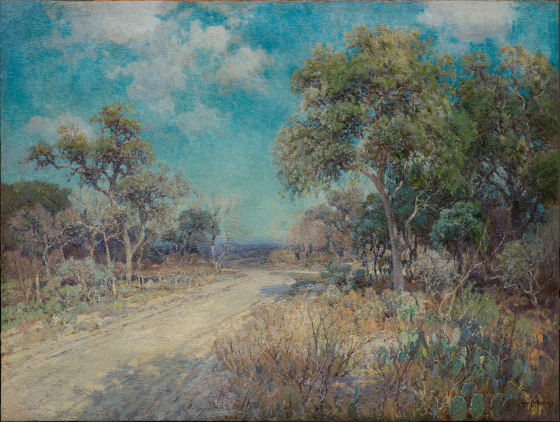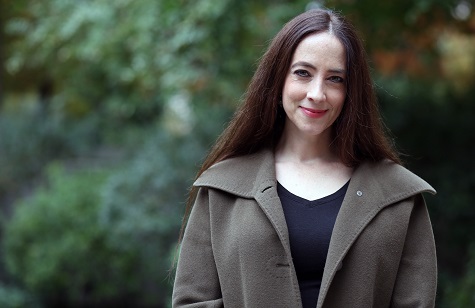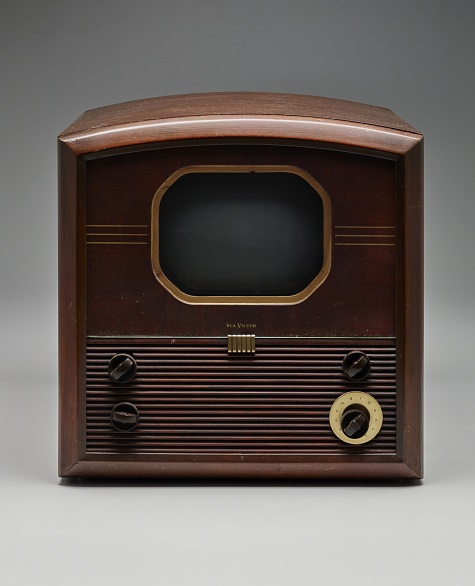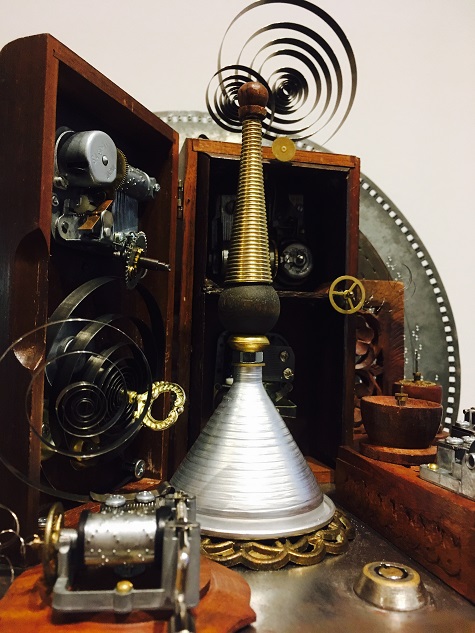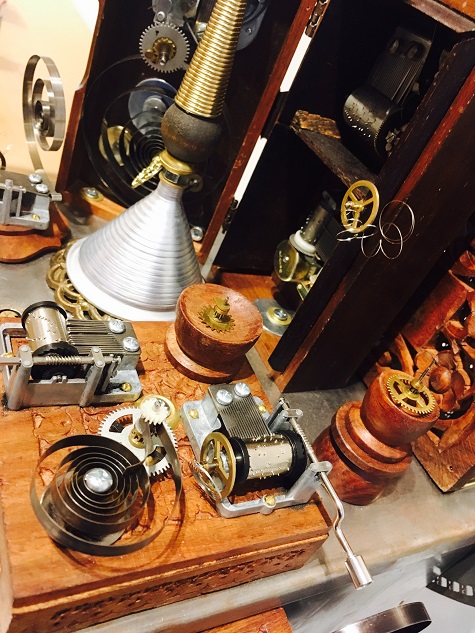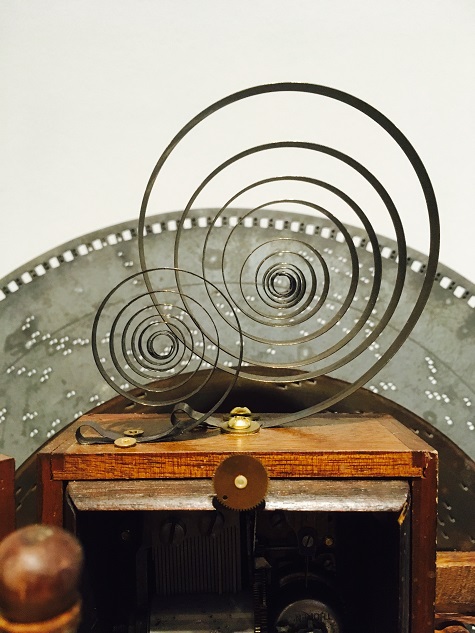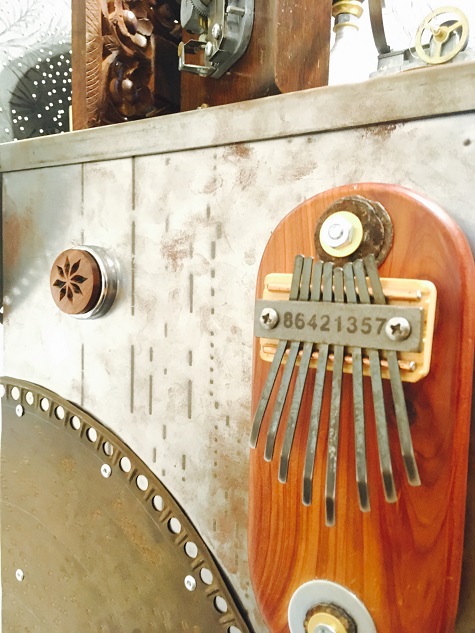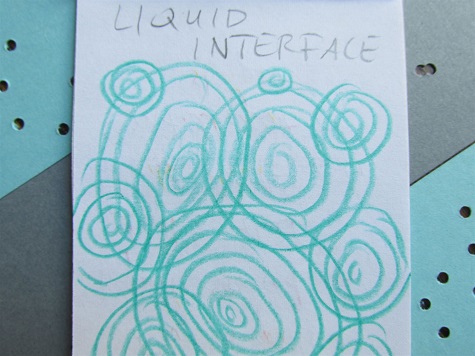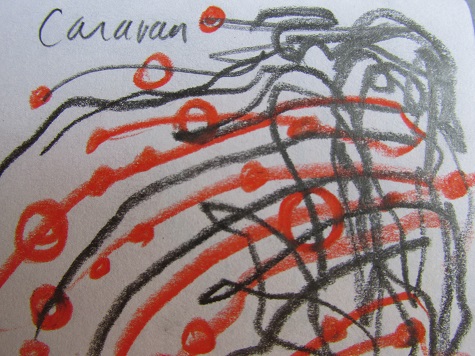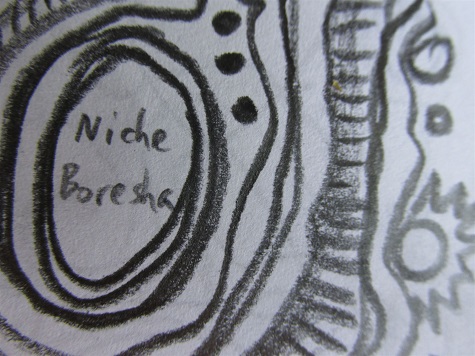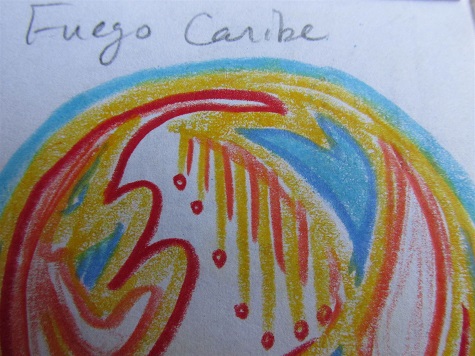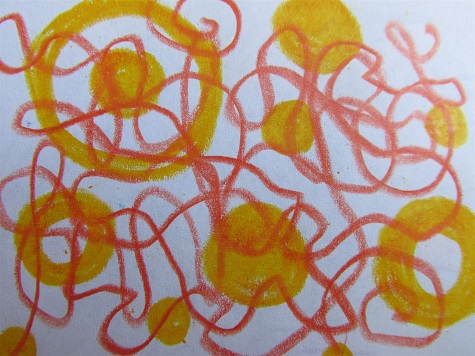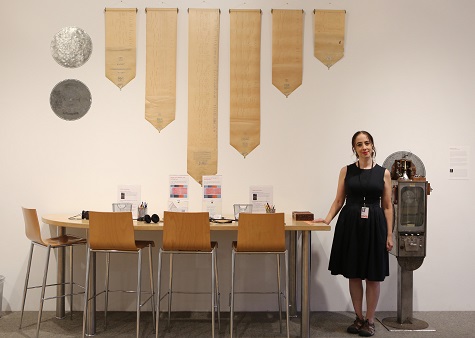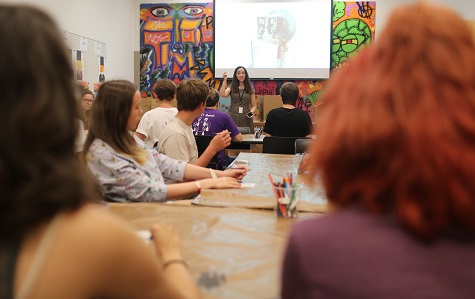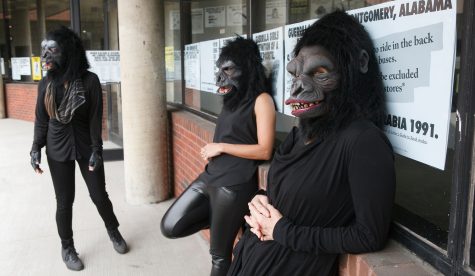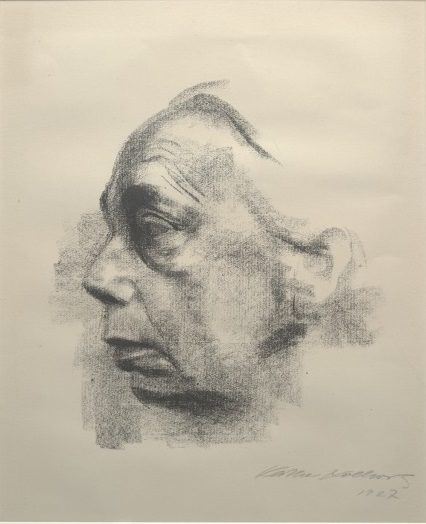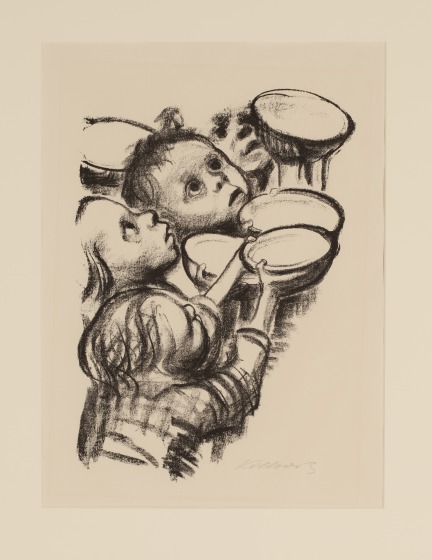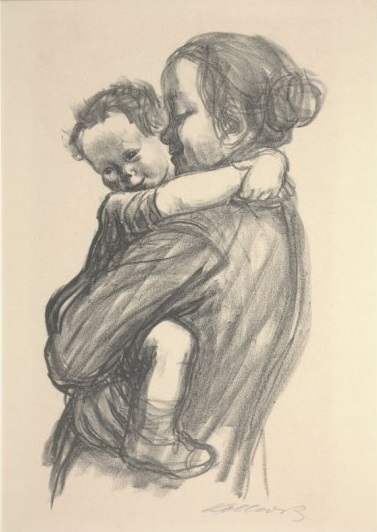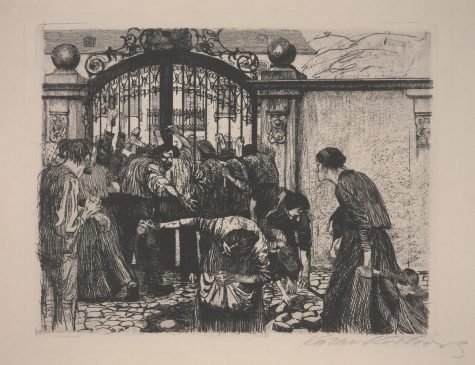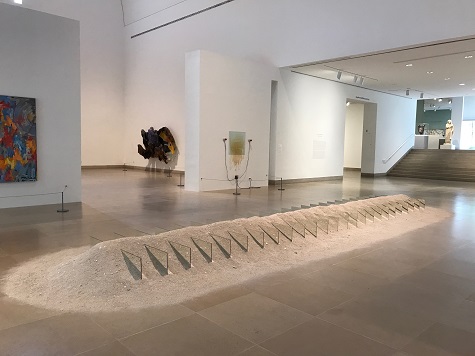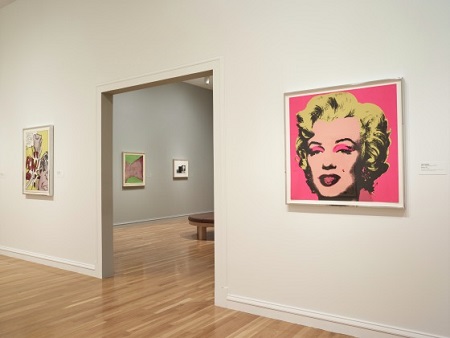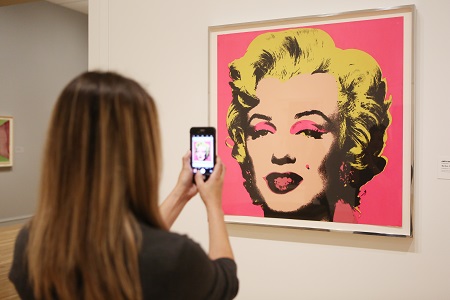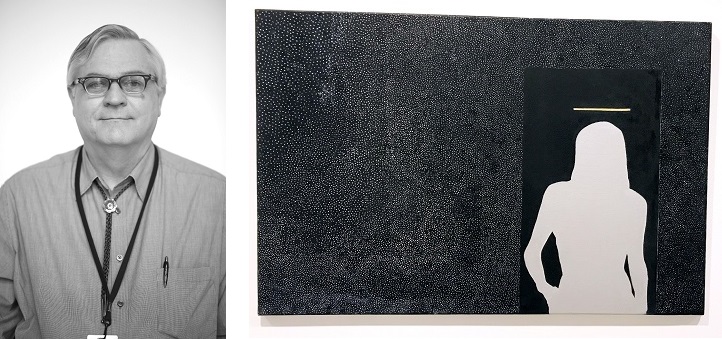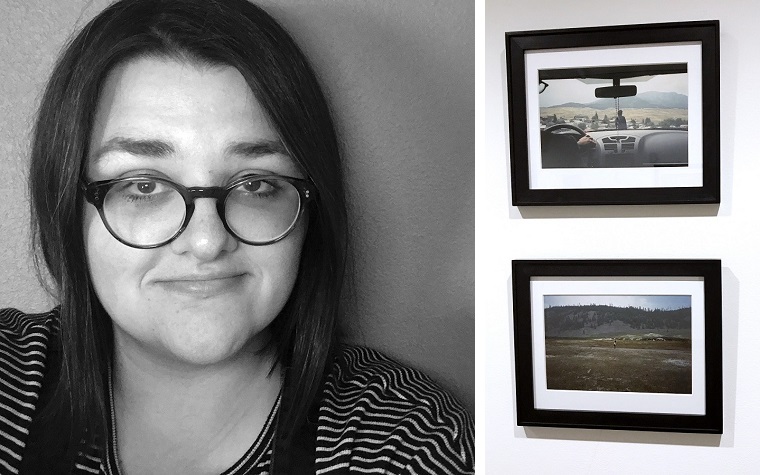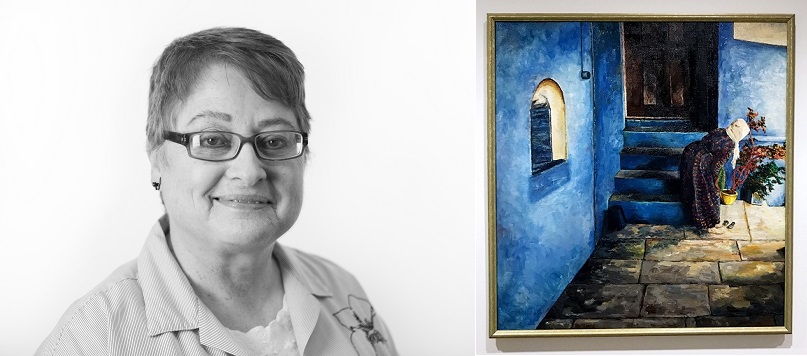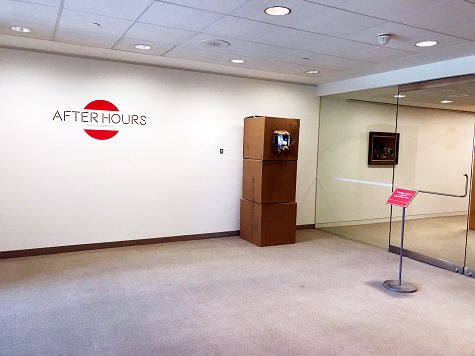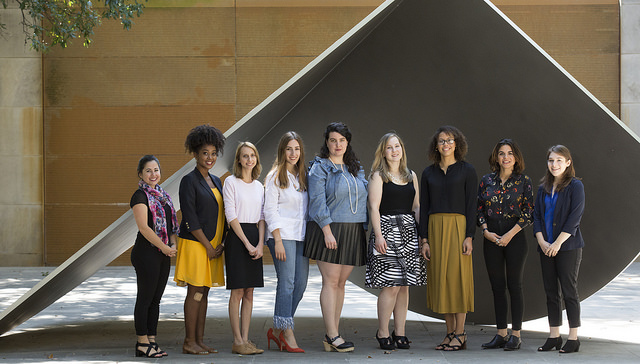
Fall is one of our favorite times of year at the Museum: student tours return to the galleries after summer hiatus, special exhibitions begin to open, and–most exciting of all–a new class of McDermott Interns joins our ranks!
This year’s class is comprised of nine talented women: three native North Texans, three north-easterners, two Southern Californians, and one mid-westerner. We basically have the US represented from sea to shining sea! Some are more familiar with the Metroplex than others, but all are very eager to experience what Dallas and the Museum have in store this year.
Kathleen Alva, McDermott Intern for Adult Programming and Arts & Letters Live, recently graduated as a McDermott Scholar from UTD in Richardson–that makes her McDermott squared! Originally from the LA area, she’s excited to be discovering Dallas proper this year.
Yohanna Tesfai, McDermott Graduate Intern for Gallery and Community Teaching, recently moved back to Dallas after completing her MA in Art History from the University of Texas at Austin. She recommends checking out NorthPark Center for some shopping with a healthy dose of art, which I wholeheartedly support.
Samantha Evans, McDermott Graduate Intern for Family and Access Teaching, has spent her past few years in Denton where she completed her MA in Art Education at UNT. Also from the LA area, she too is looking forward to getting to know Dallas.
Elise Armani, McDermott Intern for Contemporary Art, joins us from the Midwest, having recently completed her BFA from the University of Minnesota. She’s excited to get involved in the Dallas contemporary arts scene.
Lea Stephenson, McDermott Graduate Intern for American Art, completed her Masters in Art History at Williams College in Massachusetts. As a New Englander, shes excited to explore all the unique things Texas has to offer.
Beth CreMeens, Dedo and Barron Kidd McDermott Graduate Intern for European Art, is a native Dallasite who has returned after receiving her Masters in Art History from Tufts University in Massachusetts. Beth loves visiting White Rock Lake, her favorite Dallas spot for strolling and appreciating nature.
Tayana Fincher, McDermott Intern for African Art, also attended Williams College in Massachusetts, where she completed her BA in Art History. She is originally from McKinney, Texas, and is excited to participate in the myriad cultural opportunities available in the Arts District.
Olivia Feal, McDermott Intern for Interpretation, recently completed her BA in Art History at Smith College in Massachusetts. As a public transportation expert hailing from NYC, Olivia is enthusiastic to become acquainted with her new town via DART.
Danielle Gilbert, McDermott Graduate Intern for Arts of the Americas, received her Masters of Philosophy in Archaeology and Cultural Heritage from the University of Cambridge in the UK. Danielle is looking forward to enjoying a performance by the Dallas Symphony.
We look forward to working with them and helping them get to know Dallas better in the months to come!
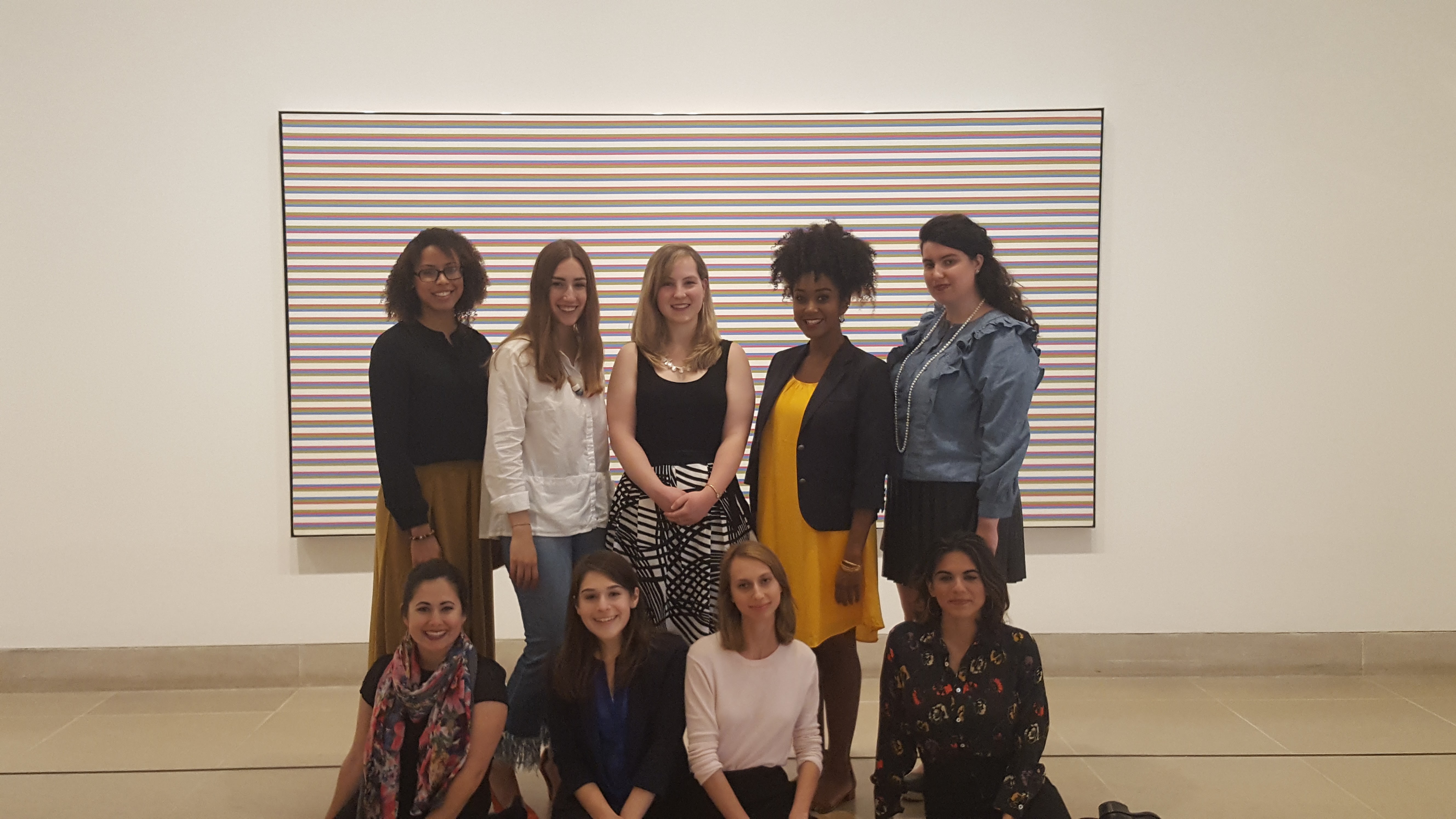
Sarah Coffey is the Education Coordinator and former McDermott Intern at the DMA.



